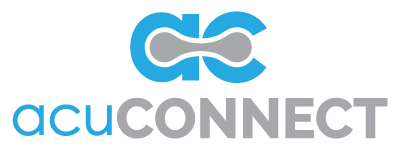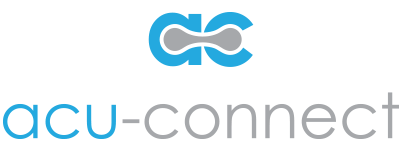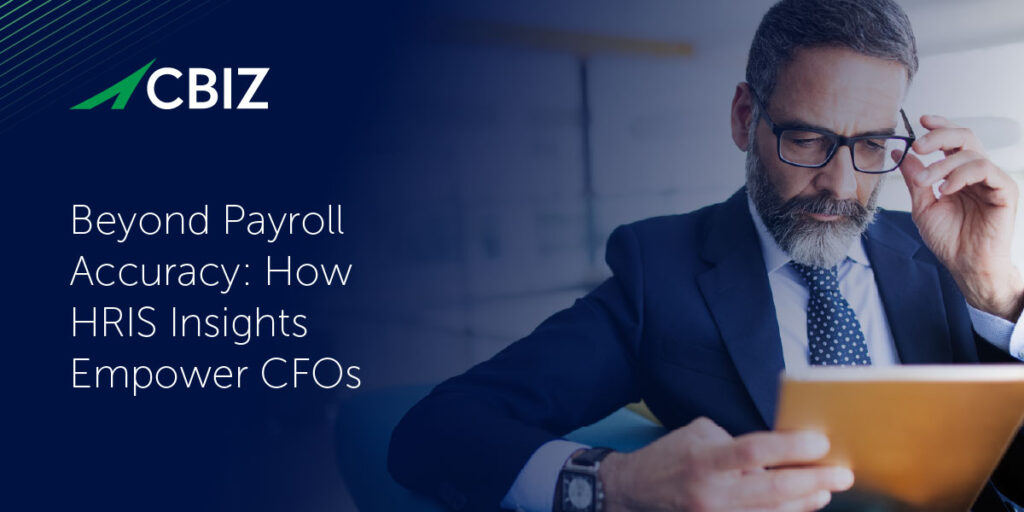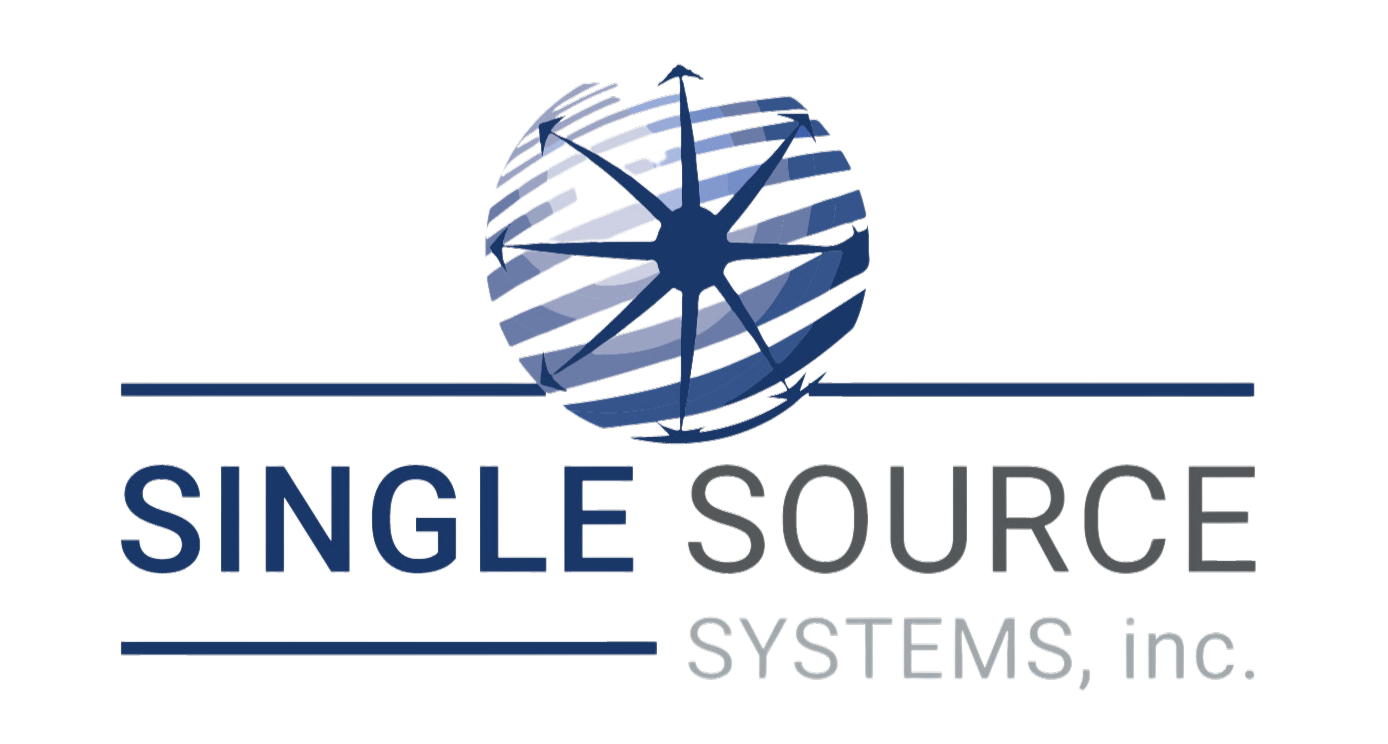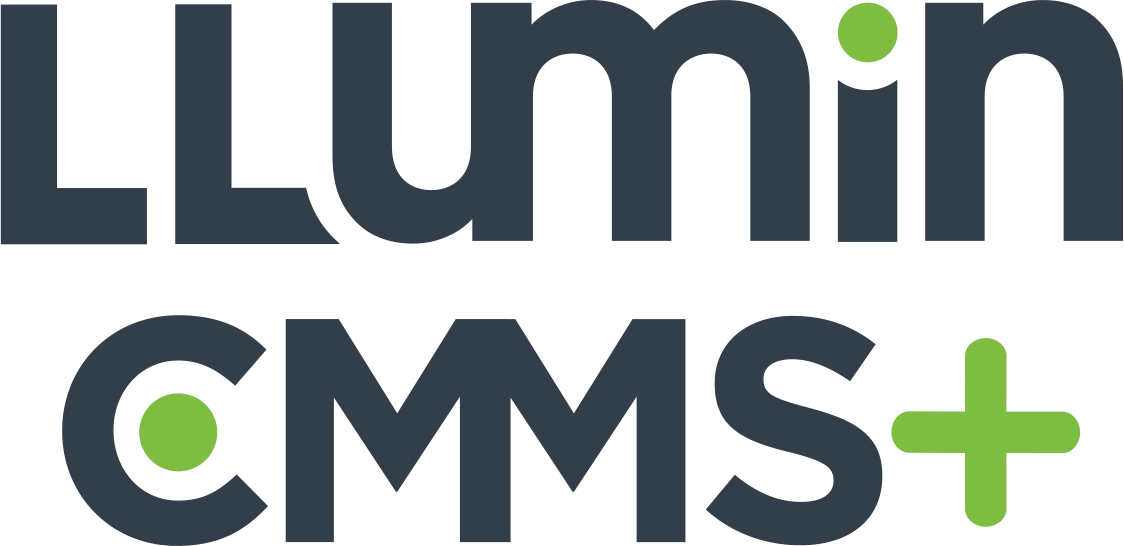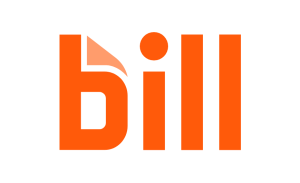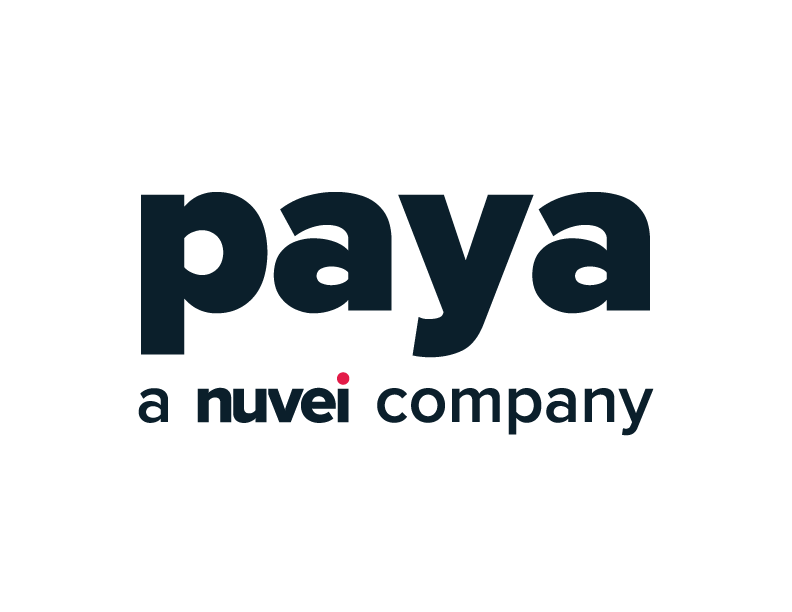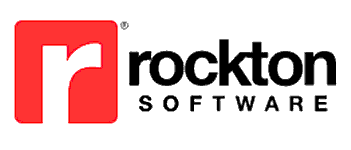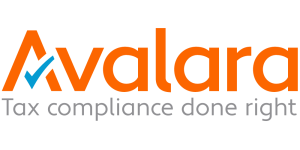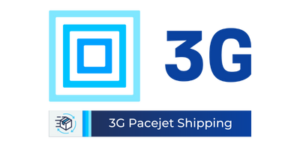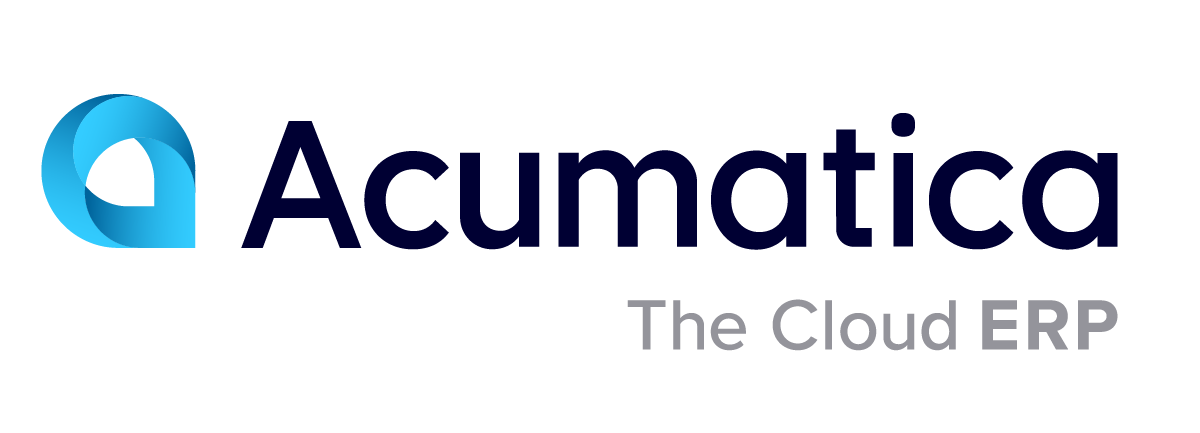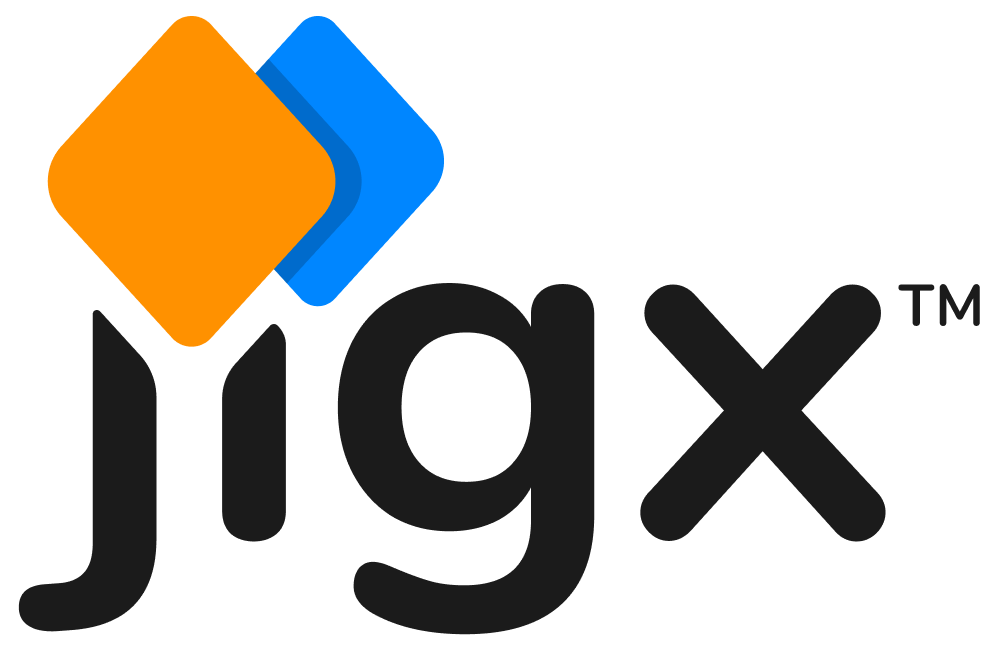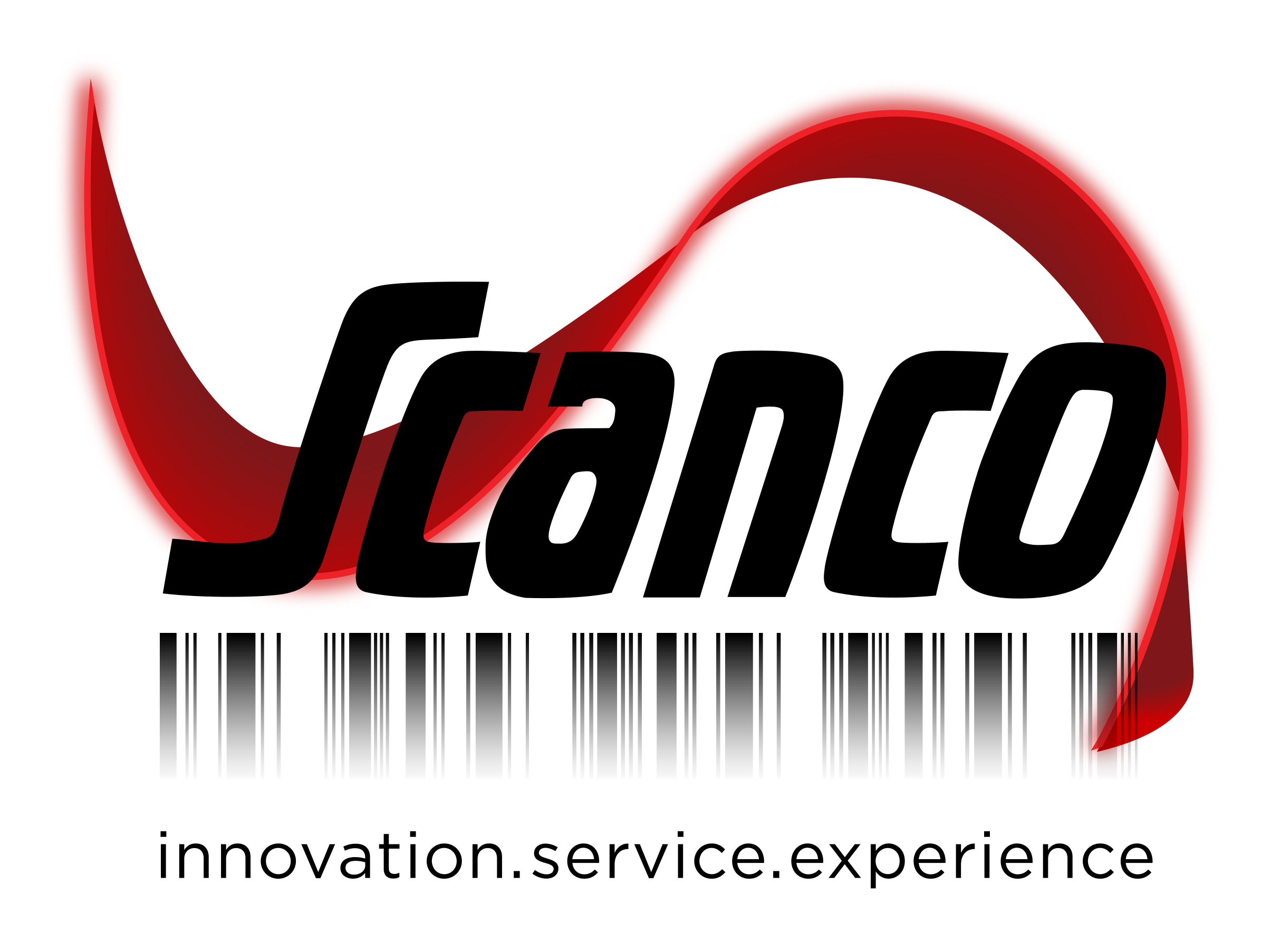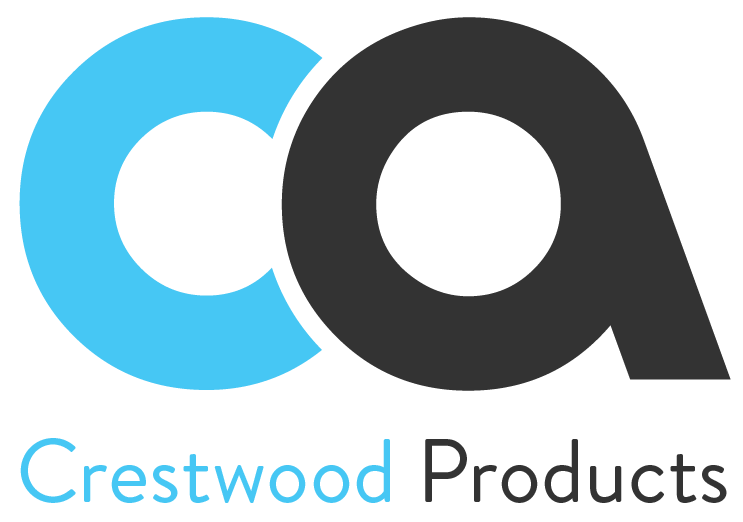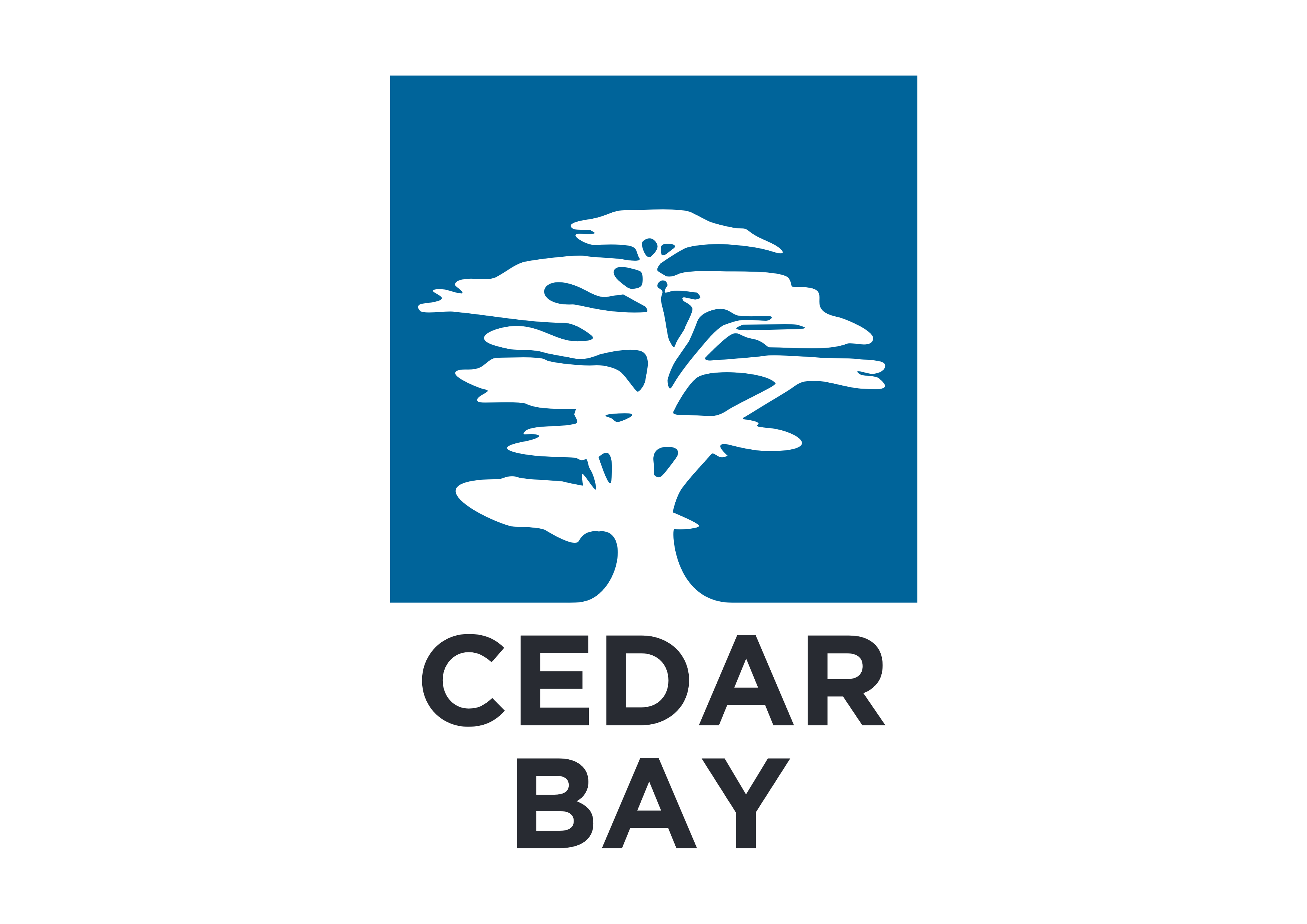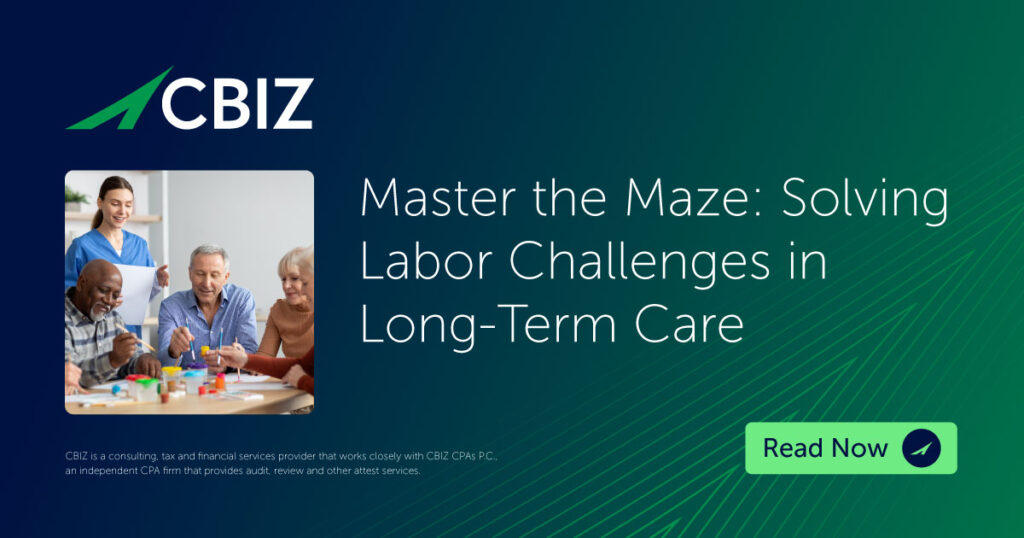 By connecting a Human Resources Information System (HRIS) with Acumatica, organizations can unlock this potential, gaining a clearer picture of their workforce to drive more informed financial planning and decision-making. This integration not only solves persistent challenges but also empowers CFOs to make a lasting impact on their organizations.
By connecting a Human Resources Information System (HRIS) with Acumatica, organizations can unlock this potential, gaining a clearer picture of their workforce to drive more informed financial planning and decision-making. This integration not only solves persistent challenges but also empowers CFOs to make a lasting impact on their organizations.
Payroll data has come a long way. Once seen as a simple operational chore, it has transformed into a strategic goldmine for businesses. Imagine a CFO sitting in a boardroom, armed with precise insights about workforce costs, productivity, and trends—all thanks to seamlessly integrated systems.
Challenges of Limited Workforce Data Visibility
CFOs often struggle with the siloed nature of workforce data, where human resources (HR) and payroll systems operate independently of financial platforms. This fragmentation results in significant challenges:
- Delayed Decision-Making: Without real-time workforce data, decisions are often reactive rather than proactive, particularly when faced with unanticipated costs such as overtime.
- Missed Insights: Important trends, such as high turnover rates or underutilized benefits, often remain unnoticed.
- Operational Inefficiency: Manually reconciling workforce and financial data wastes valuable time and increases the likelihood of errors.
These challenges not only hinder operational efficiency but also negatively impact scalability and profitability.
How HRIS-ERP Integration Solves These Challenges
Integrating a robust HRIS with an enterprise resource planning (ERP) platform like Acumatica creates a unified data ecosystem, offering numerous benefits:
Unified Workforce and Financial Data
 Centralizing workforce data within Acumatica integrates payroll, labor costs, and cost center information into financial reporting, reducing manual data handling and ensuring accuracy.
Centralizing workforce data within Acumatica integrates payroll, labor costs, and cost center information into financial reporting, reducing manual data handling and ensuring accuracy.
Example: Employee classifications, payroll details, and cost center allocations sync with the general ledger, streamlining financial reporting and timely cost allocation for grants, projects, or departments.
Advanced Workforce Analytics
With centralized data, CFOs can leverage dashboards and analytics to monitor key workforce trends, such as rising turnover or absenteeism, and their financial impact.
Use Case: A CFO at a manufacturing firm identified an uptick in overtime costs tied to high departmental absenteeism. By using integrated HRIS tools, the business improved scheduling, launched proactive hiring, and reduced overtime expenses by 20%.
Automated Compliance Management
Acumatica’s ERP excels in financial planning, but compliance management within an HRIS aids adherence to complex regulations, including federal, state, and union requirements. This helps to avoid fines and reduces audit risks by aiding the compliance processes.
Integration Win: Centrally HR (an HRIS) sends journal entries, time, and employee data to Acumatica, and Cost Center data is received into Centrally HR. The general ledger is customized according to the Chart of Accounts to produce a journal entry, which is sent to Acumatica via the integration.
Turning Workforce Data into Strategic Value
When HRIS data flows seamlessly into your ERP platform, it transforms the approach to financial strategies. Here are several key opportunities:
- Scenario Modeling: Use integrated labor cost data for dynamic financial forecasting, such as projecting the cost of wage increases or new staffing strategies.
- Proactive Decision-Making: Dashboards highlight workforce cost-drivers in real-time, enabling action before challenges escalate.
- Improved ROI: Streamlined data flow reduces manual workload, allowing for focus on high-value tasks such as strategy and growth planning.
Real-World Example: A company planning to add a second production shift leveraged integrated HRIS and ERP data to simulate various staffing scenarios, ensuring productivity goals were met without exceeding budget constraints.
Getting Started with HRIS-ERP Integration
To take advantage of human capital management insights through ERP systems like Acumatica, follow these actionable steps:
- Streamline Integration
- Sync cost centers and workforce data into Acumatica to eliminate silos and enable timely updates.
- Ensure employees can easily allocate time and resources via an intuitive interface.
- Leverage Dashboards
- Create role-specific dashboards for labor costs, payroll exceptions, or turnover metrics.
- Trigger actionable insights through automation, such as optimizing schedules or conducting employee surveys.
- Enhance Collaboration
- Track key performance indicators, such as safety incidents or missed deadlines, to create accountability across teams.
- Utilize tools built into your HRIS, such as Learning Management Systems (LMS), to address the root causes of inefficiencies.
- Measure ROI
- Regularly monitor the operational impact of integration, such as reduced payroll processing times or improved compliance.
- Share key wins, like cost reductions or enhanced reporting speed, with stakeholders to demonstrate value.
Unlock Value Beyond Payroll
Integrating insights gained from an HRIS/ERP integration is about much more than automating payroll. It’s about making data-driven decisions that lead to sustainable and scalable growth.
Are you ready to take the next step in transforming your financial planning with real-time workforce insights? Contact Us at Centrally HR to discover how our seamless integration with Acumatica ERP can provide actionable insights, enhance compliance, and support your strategic planning.
